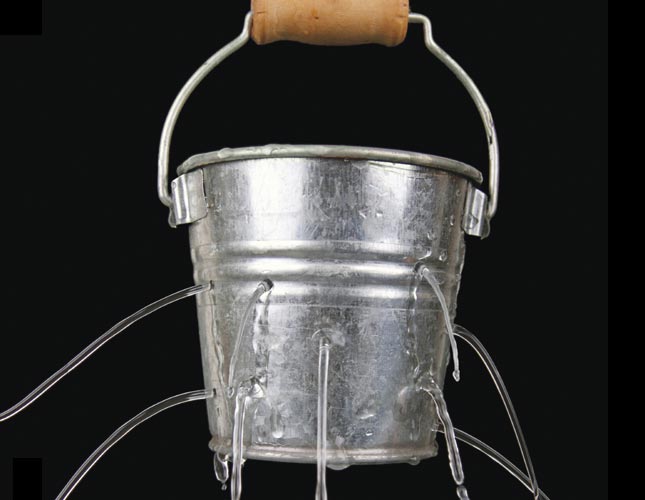
David Brown: Reining in Overheads
How to keep those costs in check
BY DAVID BROWN

Published in the May 2013 issue
I often like to compare running a business to filling a bucket with water. It’s great to pour water in the top, but there’s little point if the bucket is leaking just as quickly out the bottom!
This analogy can apply to your business, when you compare how much you are selling against how much profit you have left at the end of the day. Although these figures are never the same, you expect to see a correlation between sales made and profit retained.
Advertisement
The process from sales to profit steps through a couple of key stages. The first is gross profit, where you determine how much you make on the item net of its acquisition cost. An item purchased for $5 and sold for $10 will show a gross profit of $5, as it is the difference between the two. Controlling gross profit and margin, through increasing markups and reducing discount, will have an immediate impact on your profitability.
But that’s only one potential hole in your bucket. Beneath this level comes your overheads, all the other associated costs you have with running a business and getting an item in from a vendor, and back out to a customer.
Of these overheads there are three main ones that absorb the majority of this gross profit money: rent, staff and marketing. Rent is not controllable on a day-by-day basis, so lets look at the other two.
Of the two, staff is almost always the highest cost for a business to endure … and not just in terms of outlay on wages and training, but also the hidden cost of lost sales and profit if inexperienced, untrained or unsuitable staff are placed in the position of making the sale. This figure is harder to quantify, but it’s predicted it can be a significant percentage of the wage bill, and for some businesses with the wrong staff the cost of lost sales may be even greater than the wage bill being paid!
A regular review of your wage bill is important — generally 15 to 20 percent is the normal portion of sales spent on wages for an average jewelry store. Identifying the timing of your sales (busiest days and hours) and having a door counter can help you minimize staffing levels during quiet times.
Have you reviewed your marketing costs lately? Many stores tend to market by habit, holding down annual contracts with media that they have used for years, often without testing the results of their outlay.
Advertisement
If you haven’t reviewed these contracts don’t let them continue from habit. They can often be an easy out — the business owner doesn’t have to think about where they will advertise, and in some case, what they will advertise. But abdicating this decision to the media will not be in the best interests of your business. Only you know your business best. Take the time to make the important marketing decisions yourself, and avoid the unnecessary costs of these commitments just because you don’t want to have to think about it.
David Brown is president of the Edge Retail Academy, an organization devoted to the ongoing measurement and growth of jewelry store performance and profitability. For further information about the Academy’s management mentoring and industry benchmarking reports contact inquiries@edgeretailacademy.com or Phone toll free (877) 5698657